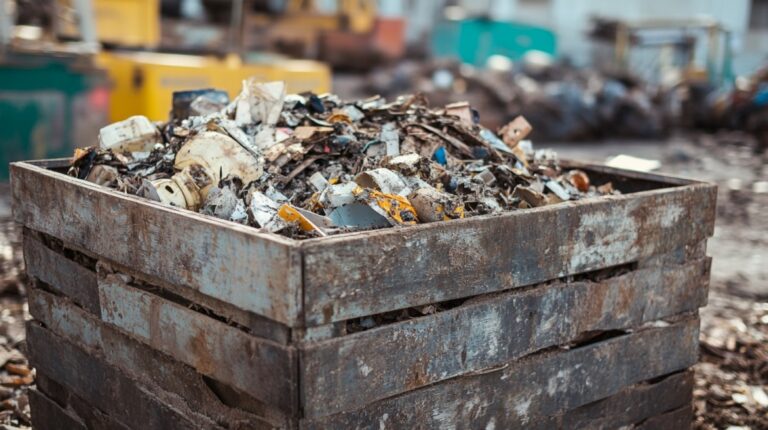Industrial manufacturing is at the core of global economic growth, but it also generates significant material waste. According to the U.S. Environmental Protection Agency (EPA), industrial waste accounts for nearly 7.6 billion tons annually in the U.S. alone.
Material waste not only impacts the environment but also leads to higher operational costs, inefficiencies, and lost profitability.
Material waste reduction isn’t just an environmental responsibility—it’s a business necessity.
- Cost savings: Studies show that reducing material waste can cut production costs by 5%–20%, boosting profit margins.
- Resource efficiency: Global material consumption is expected to double by 2060. Leaner production practices help secure future resources.
- Regulatory compliance: Governments are enforcing stricter waste management regulations, and non-compliance can result in fines or sanctions.
- Brand reputation: Sustainable practices improve public perception and attract eco-conscious customers and investors.
| Key Statistics on Industrial Waste | Source |
| 7.6 billion tons of industrial waste in the U.S. annually | U.S. EPA |
| Manufacturing accounts for 25% of global waste generation | World Bank |
| Waste reduction can save 5%–20% in production costs | McKinsey & Company |
| Material efficiency could lower carbon emissions by 20% | International Resource Panel |
1. Conduct a Comprehensive Waste Audit
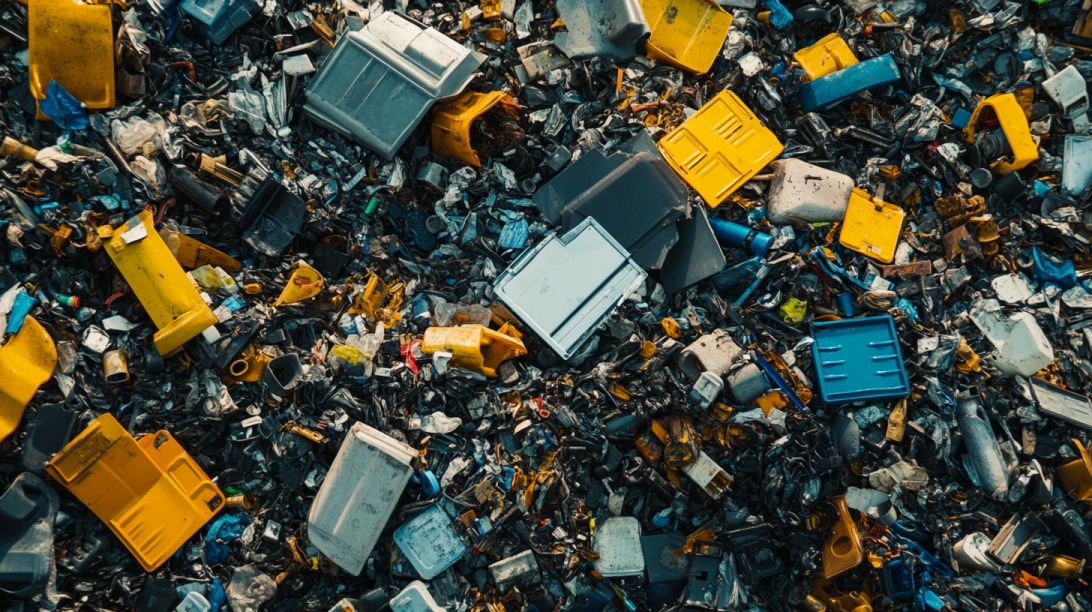
The first and most crucial step to reducing material waste in any industrial manufacturing project is conducting a comprehensive waste audit. This audit serves to systematically identify the types and volumes of materials wasted, as well as pinpoint the specific stages of production where waste is most prevalent.
It also helps uncover the underlying causes of waste, which can include design inefficiencies, outdated machine calibration, or improper material handling practices.
A notable example comes from a 2022 audit conducted by a U.S. automotive manufacturer, which revealed that 15% of raw materials were being wasted during the cutting phase, largely due to imprecise machine settings.
After recalibrating their equipment and implementing process improvements, the company was able to reduce waste by 8%, translating to an impressive annual saving of $500,000.
A comprehensive audit should cover identifying high-waste production stages, quantifying the volume of waste generated, determining the root causes of inefficiencies, and setting clear, measurable waste reduction targets.
This structured approach lays a solid foundation for subsequent waste reduction efforts and ensures that strategies are data-driven and focused on the most impactful areas.
2. Improve Design and Engineering Practices
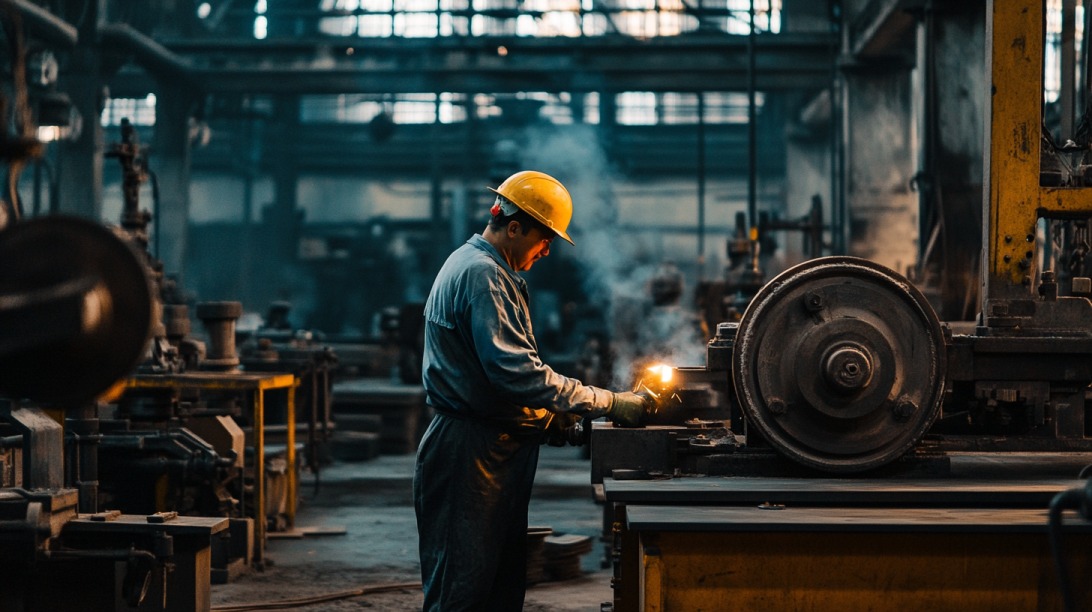
Poor design can significantly increase material waste. Complex product designs often lead to excessive off-cuts and defects.
- Design for Manufacturability (DFM): Simplify designs to optimize material usage.
- Use of simulation software: Tools like ANSYS or SolidWorks can predict material flows and identify inefficiencies before production.
- Modular design: Create components that fit together seamlessly, reducing offcuts.
| Design Impact on Waste Reduction | Estimated Reduction |
| Simplified design & modularity | 10%–15% less material waste |
| Simulation-based optimization | 5%–12% reduction in scrap rates |
3. Invest in Advanced Manufacturing Technologies

- CNC Machining: Offers higher precision, reducing material excess.
- Additive Manufacturing (3D Printing): Minimizes waste by building components layer by layer rather than cutting from a block.
- IoT and Sensors: Real-time monitoring of material usage identifies inefficiencies instantly.
Example: A study in the Journal of Cleaner Production (2021) found that additive manufacturing reduced material waste by up to 70% in aerospace component production.
| Technology | Waste Reduction Potential |
| CNC Machining | 15%–25% |
| Additive Manufacturing | Up to 70% |
| IoT and Sensors | 10%–20% |
4. Optimize Inventory and Material Handling

Poor inventory management is a major contributor to material waste, often leading to spoilage, overstocking, and unnecessary losses.
To combat this, manufacturers should adopt a Just-in-Time (JIT) manufacturing approach, where goods are produced strictly as needed, reducing the chances of excess stock accumulating and leading to waste.
Studies have shown that implementing JIT can reduce excess inventory by approximately 10%–15%, resulting in significant cost savings. Proper storage conditions also play a crucial role in minimizing spoilage; maintaining optimal temperature, humidity, and handling protocols ensures that materials remain in usable condition for longer periods, with potential reductions in spoilage rates of up to 8%.
Employee training is another key factor in optimizing inventory management. By providing staff with best practices and clear Standard Operating Procedures (SOPs) for handling materials, companies can prevent accidental damage or loss, leading to a 5%–10% decrease in handling waste. Together, these strategies create a more efficient, cost-effective, and sustainable inventory management system.
5. Reuse and Recycle Scrap Material
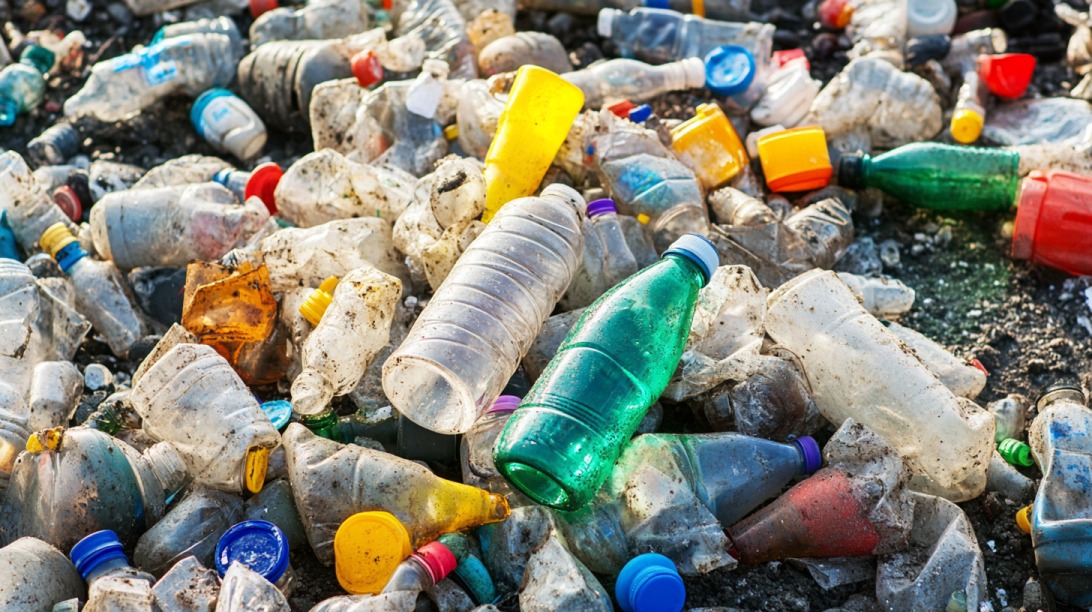
- Reintegrate scrap into production: Use offcuts or defective products in non-critical parts.
- Partner with recycling firms: Send scrap materials to specialized recyclers.
- Implement closed-loop systems: Design products for easy disassembly and recycling at end-of-life.
Case Study: A leading electronics manufacturer established an internal recycling loop, reducing raw material costs by 12% and landfill contributions by 30%.
| Material | Recycling/Reintegration Potential |
| Metal offcuts | 90% |
| Plastic waste | 60% |
| Paper & cardboard packaging | 80% |
6. Engage Suppliers and Build a Circular Supply Chain
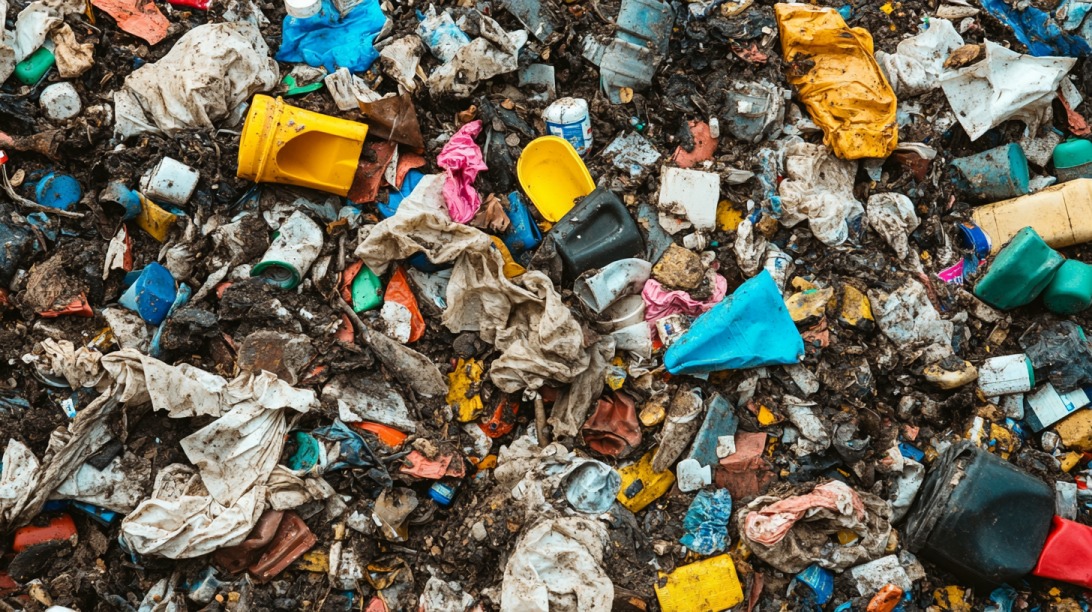
- Specify material standards: Use pre-cut or precision-engineered materials to minimize trimming waste.
- Request recycled content: Source materials made from recycled inputs.
- Implement take-back programs: Return unused or defective materials to suppliers for reuse.
In plastic injection molding, for example, using a diverse range of materials—including polycarbonate, polyolefins, ABS, polyacetal, nylon, and acrylics—can offer both durability and efficiency, depending on the application.
Each of these materials offers specific properties such as toughness, chemical resistance, low friction, and dimensional stability, allowing manufacturers to select the most suitable material for each component. Maintaining strict quality control during the molding process—including precise temperature and pressure controls, accurate mold design, and careful selection of resins—can further maximize yield and minimize waste.
Efficient molding techniques, such as low-volume prototype production and precision insert molding, can help test and refine designs before scaling up, reducing costly errors and material loss. For more insights into material properties and precise molding practices, visit https://www.wundermold.com/custom-plastic-injection-molding/
7. Monitor, Measure, and Improve Continuously
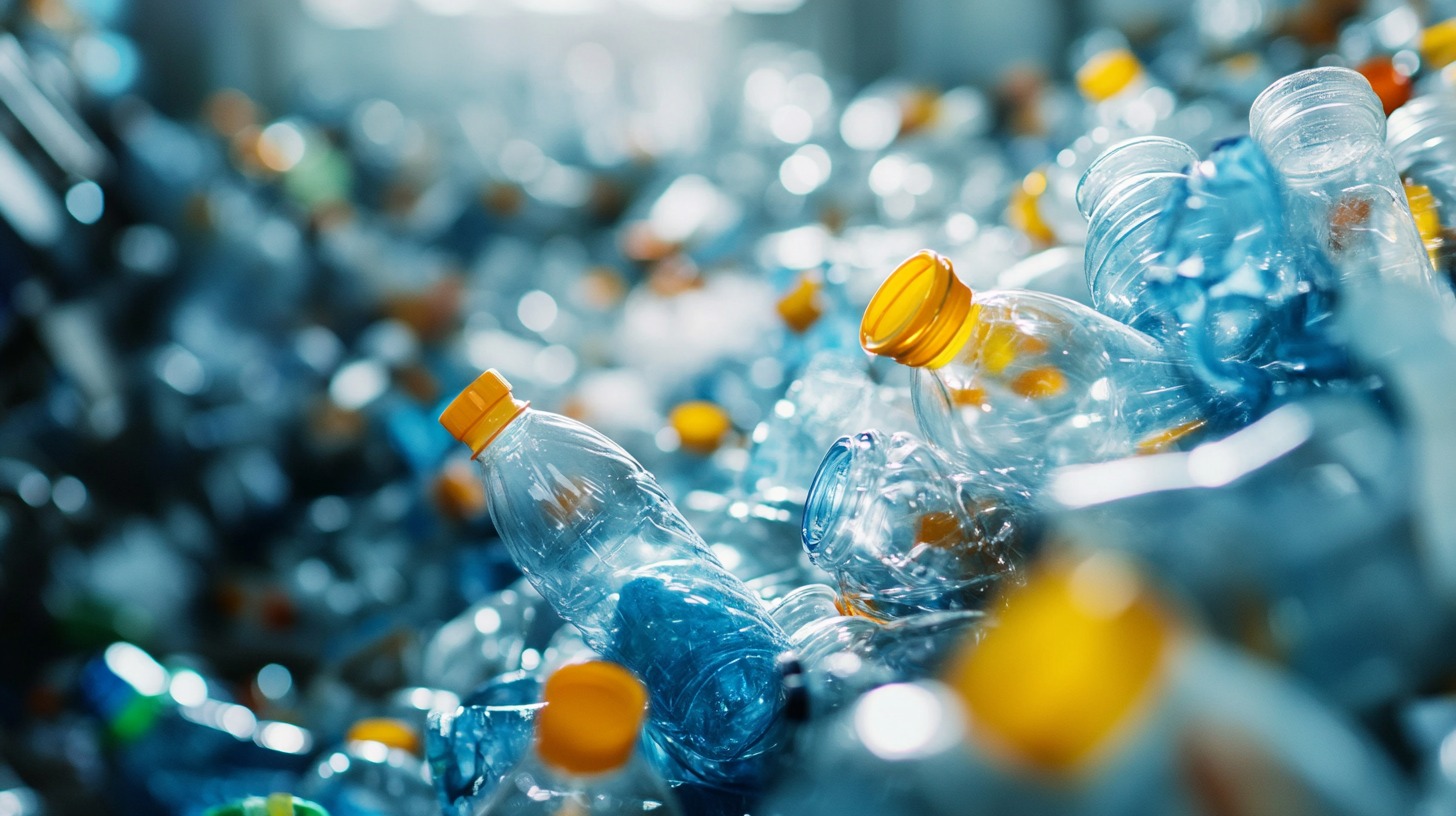
Reducing material waste is not a one-time task; it requires ongoing monitoring and adjustments to ensure long-term efficiency and sustainability
. A critical first step is setting clear Key Performance Indicators (KPIs) that define targets for material efficiency, such as achieving a material yield (usable output versus input) greater than 95%, keeping the scrap rate below 5%, and ensuring that recycled materials make up over 30% of the total input.
Implementing digital tools like Enterprise Resource Planning (ERP) or Manufacturing Execution Systems (MES) allows manufacturers to track material usage and waste generation in real time, providing insights that help identify inefficiencies and drive improvements.
Continuous education and training programs for staff are also essential, ensuring that teams remain updated on best practices, performance benchmarks, and innovative approaches to waste reduction. Regular reviews of processes and outcomes ensure that strategies remain effective and responsive to evolving production demands and technological advancements.
Conclusion
Reducing material waste in industrial manufacturing isn’t just about cutting costs—it’s about future-proofing operations against rising resource costs, regulatory pressures, and environmental concerns.
By adopting design optimization, advanced technologies, strategic inventory management, recycling programs, and continuous monitoring, manufacturers can significantly reduce waste while improving profitability and sustainability.
Bonus: Discover some waste recycling ideas for your home. Bottle by bottle, let’s save our planet! 🌏

